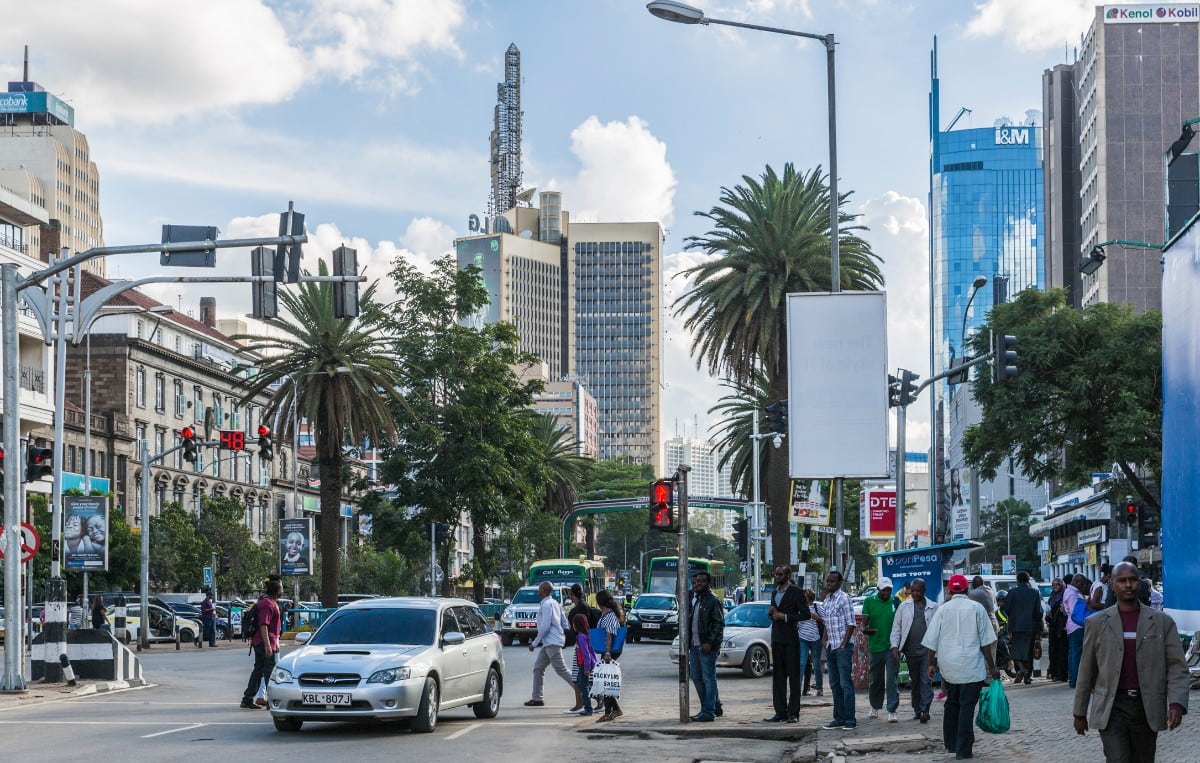 Photo courtesy of Nanara on Flickr
Photo courtesy of Nanara on Flickr
Aiming Towards Africa: Outcomes of U.S., Chinese, and Russian Public Diplomacy Strategies
This post is part two of a two-part series on public diplomacy strategy in Africa. You can read part one, which outlines Chinese and Russian public diplomacy strategy in Africa here.
U.S.
The U.S. maintains a diverse public diplomacy strategy towards Africa.
Public-private partnerships are the main form of U.S. economic diplomacy, and USAID’s Power Africa initiative has facilitated over $14 billion of infrastructure investment. Furthermore, the African Growth and Opportunity Act (AGOA) gives privileges to Sub-Saharan exporters, and the African Women’s Entrepreneurship Program acts on a micro scale to encourage business growth via the AGOA.
An example of U.S. educational and exchange initiatives is the Young African Leaders Initiative, which through USAID and the State Department provides leadership training and networking opportunities in order to “invest in the next generation of African leaders”. Additionally, the ECA has brought groups of African Supreme Court Justices to the U.S. in order to meet their American counterparts and learn about American judicial systems and ethics.
American media presence and cooperation in Africa continues to be strong. The Voice of America (VoA) maintains a diversified presence in Africa, offering 83.5hrs of English programming per week, and broadcasting in over 18 languages overall. The Middle East Broadcasting Network, which covers much of North Africa, also runs 10.5hrs of programming per week. Africa Regional Services supports French-language programming in Africa through coordinating speaker programs and providing access to U.S. officials for African media services.
What are the outcomes of these activities?
In 2017 polling on perceptions of different countries, the respondents in the African countries surveyed (Nigeria, Senegal, Ghana, Kenya, Tunisia, and Tanzania) responded well to China, with 60.83% responding favorably. In next place was the U.S., with 53.5% responding favorably. Lagging behind was Russia, with a 37.1% favorability rate. While a favorable perception is not the end goal of public diplomacy, it is certainly a step in the right direction towards enhancing cooperation.
What is America doing well? Why does America rank where it does?
America’s media presence in Africa is well-implemented. A nuanced understanding of specific areas of operation is essential to any effective public diplomacy strategy, and because of the diversity of its programming, VoA is able to communicate effectively with African publics by not treating them as a monolith. A common mistake in Africa-oriented strategy is treating the continent as homogenous, which stems from general misunderstanding and stereotyping. This is an area in which Russia has done poorly – a member of the Russian Chamber of Commerce and Industry explained how Russian companies in Africa have experienced difficulties because of their ignorance of the cultural specifics in the regions they operated in. China and Russia may be playing powerful cards with their media cooperation forums, which give direct guidance on what narratives to use, but VoA’s commitment to distributing credible information is in itself a benefit to U.S. image.
Russia and China’s use of state-owned enterprises in Africa puts the U.S. at a disadvantage, as they are more directly able to control the terms of engagement and subsequently their national image. The amount of spending done by China is also formidable (for example, the $60bn commitment made in 2015 to African investment), and difficult to compete with – America has focused more of its development efforts elsewhere (particularly Asia), and the gap is now significant. Infrastructure investment directly improves the quality of life for those in regions where the infrastructure is built, and as such is a major factor that contributes to positive images of China within Africa.
However, whilst the economic clout of Russia and China strengthens their image and deepens their economic diplomacy abilities, the U.S. does well by not relying on debt diplomacy, which can project an impression of neo-imperialism onto the publics of indebted countries. This is especially important for the U.S. considering the Chinese and Russian narratives that paint themselves as alternatives to U.S. dominance and facilitators of African independence. Additionally, a survey found that China ranks 2nd as a development model among respondents across 36 African countries. Though the U.S. does rank 1st, China is not far behind.
U.S. cultural exchange programs are another strength. The aforementioned State Department initiatives discussed are useful, as they provide avenues to genuinely benefit those involved while creating a positive image for the U.S. Similarly, Chinese Confucius Institutes deliver benefit to participants through language training. Russia, in comparison, has delivered little– though sentiments sharing a desire to initiate tourist exchanges and such have been expressed, not much has actually been done.
It is important to avoid narratives that imply a jostling for dominance of Africa – such neo-colonial language undermines democracy and independence. However, maintaining a good image in Africa remains a priority for the U.S., China, and Russia alike, in order to improve cooperation, promote development, and strengthen strategic and economic ties.





